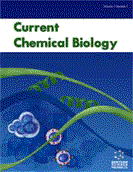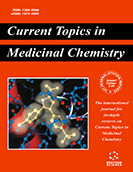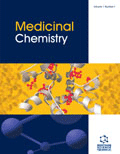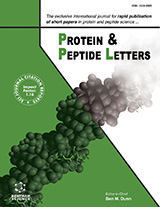Abstract
Wax esters have a variety of biotechnological usage in cosmetic and pharmaceutical products. Synthesized wax esters can be an alternative to sperm whale being rare. The ability of a non-commercial immobilized lipase from Rhizopus oryzae to catalyze the synthesis of wax esters was investigated in organic media. Wax esters were obtained by esterification of myristic, palmitic, stearic or oleic acids with cetyl alcohol. Response surface methodology was used to evaluate the effects of the temperature, the enzyme amount and the volume of hexane on the wax esters production yields. Under optimal conditions, high conversion yields (92-95%) of saturated fatty acids were reached within a reaction time of 30 min whereas a yield of 93.5% was obtained for cetyl oleate after 60 min. The synthesized esters were purified using a silica gel column. The immobilized Rhizopus oryzae lipase was successfully reused in 20 repeated cycles with no significant decrease in the final conversion yields. This makes it a promising candidate for the development of a highly effective set-up for the production of wax esters.
Keywords: Central composite design, cosmetic and pharmaceutical industries, Immobilized Rhizopus oryzae lipase, response surface methodology, wax esters
Current Chemical Biology
Title:Optimization of Immobilized Lipase-Catalyzed Synthesis of wax Esters by Response Surface Methodology
Volume: 6 Issue: 1
Author(s): Imen Aissa, Mohamed Sellami, Amel Kamoun, Youssef Gargouri and Nabil Miled
Affiliation:
Keywords: Central composite design, cosmetic and pharmaceutical industries, Immobilized Rhizopus oryzae lipase, response surface methodology, wax esters
Abstract: Wax esters have a variety of biotechnological usage in cosmetic and pharmaceutical products. Synthesized wax esters can be an alternative to sperm whale being rare. The ability of a non-commercial immobilized lipase from Rhizopus oryzae to catalyze the synthesis of wax esters was investigated in organic media. Wax esters were obtained by esterification of myristic, palmitic, stearic or oleic acids with cetyl alcohol. Response surface methodology was used to evaluate the effects of the temperature, the enzyme amount and the volume of hexane on the wax esters production yields. Under optimal conditions, high conversion yields (92-95%) of saturated fatty acids were reached within a reaction time of 30 min whereas a yield of 93.5% was obtained for cetyl oleate after 60 min. The synthesized esters were purified using a silica gel column. The immobilized Rhizopus oryzae lipase was successfully reused in 20 repeated cycles with no significant decrease in the final conversion yields. This makes it a promising candidate for the development of a highly effective set-up for the production of wax esters.
Export Options
About this article
Cite this article as:
Aissa Imen, Sellami Mohamed, Kamoun Amel, Gargouri Youssef and Miled Nabil, Optimization of Immobilized Lipase-Catalyzed Synthesis of wax Esters by Response Surface Methodology, Current Chemical Biology 2012; 6 (1) . https://dx.doi.org/10.2174/2212796811206010077
| DOI https://dx.doi.org/10.2174/2212796811206010077 |
Print ISSN 2212-7968 |
| Publisher Name Bentham Science Publisher |
Online ISSN 1872-3136 |
 116
116
- Author Guidelines
- Bentham Author Support Services (BASS)
- Graphical Abstracts
- Fabricating and Stating False Information
- Research Misconduct
- Post Publication Discussions and Corrections
- Publishing Ethics and Rectitude
- Increase Visibility of Your Article
- Archiving Policies
- Peer Review Workflow
- Order Your Article Before Print
- Promote Your Article
- Manuscript Transfer Facility
- Editorial Policies
- Allegations from Whistleblowers
- Announcements

















.jpeg)








